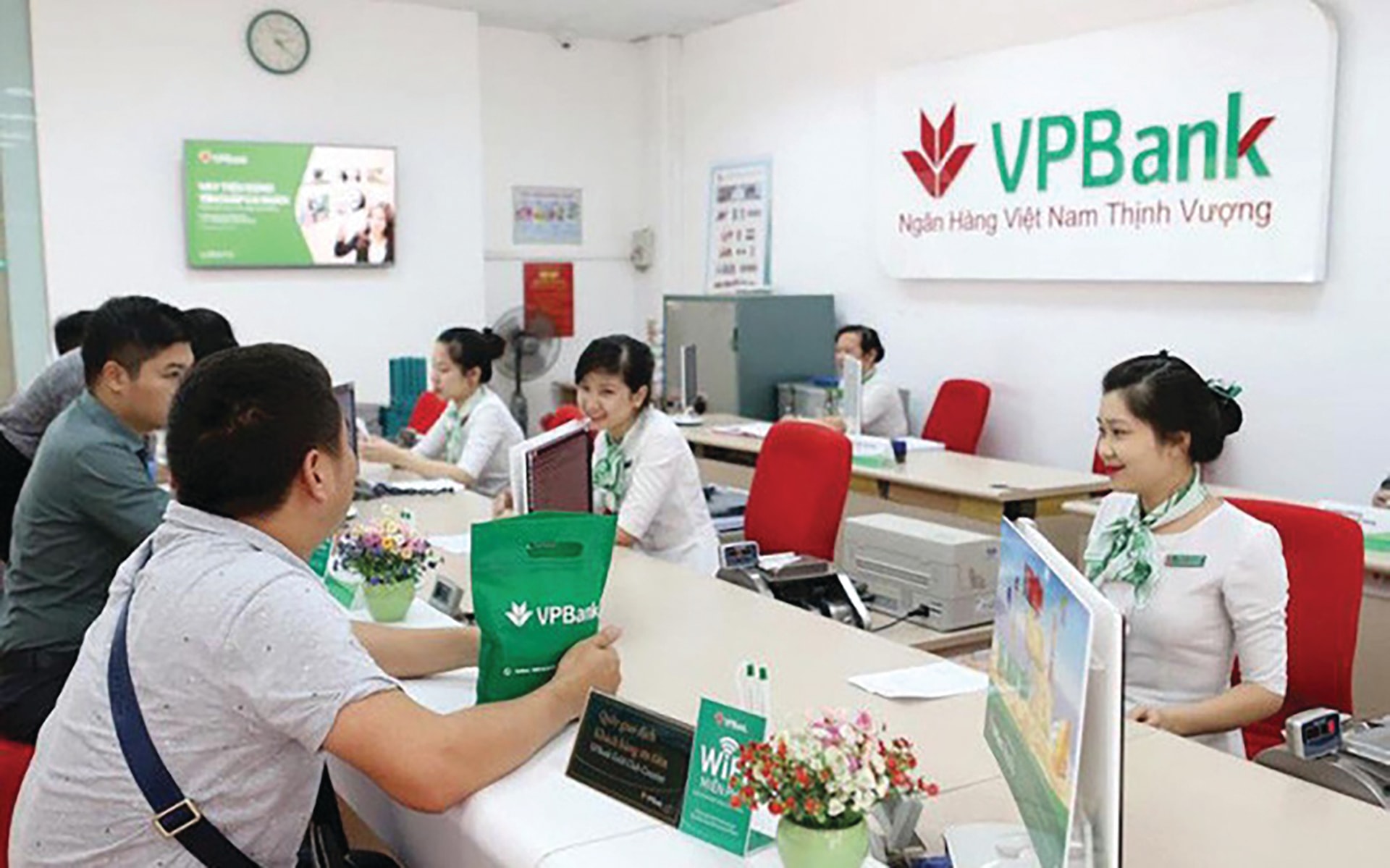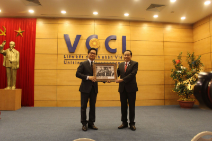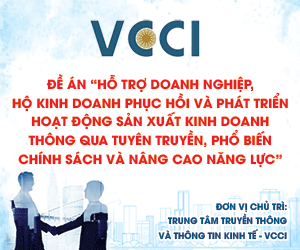More room for banks to attract foreign capital
Decree No. 245/2025/NĐ-CP and Decree No. 69/2025/NĐ-CP, together with Vietnam’s upcoming stock market upgrade, are paving the way for several banks to “open their doors” to foreign capital.

VPBank is expected to expand its foreign ownership limit to 49%.
Starting from September 11, 2025, banks will no longer be allowed to “strategically choose” to lock their foreign ownership ratio (“foreign room”) for specific periods in order to pursue securities targets or reserve shares for strategic partners.
Removing the Right to Lock Foreign Ownership
A major change introduced under Decree No. 245/2025/NĐ-CP, which amends Decree No. 155/2020/NĐ-CP on the implementation of the Securities Law, is the abolition of the rule that allowed shareholders’ meetings and corporate charters to cap foreign ownership below the maximum level permitted by law and international commitments.
Public companies that had previously registered a lower cap under Point e, Clause 1, Article 139 of Decree 155/2020/NĐ-CP may retain their current ratio or adjust it upward to approach the legal ceiling.
The new decree also adds a transitional clause requiring public companies to finalize notification procedures on their maximum foreign ownership ratio within 12 months of the decree’s effective date. Many firms have yet to complete these procedures, meaning that current data may not accurately reflect their actual ownership ceilings.
This adjustment is expected to have a significant impact on capital governance. Market data shows that around 550 listed companies have voluntarily locked their foreign room. Once the new rule takes effect, roughly 10% of total market capitalization could be “unlocked,” opening room for foreign inflows.
Special Mechanism for Banks
By regulation, banks may allow up to 30% foreign ownership, except in special cases approved by the Government. Several banks, however, are seeking permission to raise their limit to 49% under the restructuring mechanism for weak institutions, as outlined in Decree No. 69/2025/NĐ-CP.
So far, no bank has been allowed to exceed the 30% cap. This upper limit will remain a “hard ceiling” that cannot be adjusted for strategic purposes or to reserve shares for specific partners in upcoming large-scale issuances.
According to data from the Vietnam Securities Depository and Clearing Corporation (VSDC) as of August 18, 2025, foreign investors hold about 14.75 billion shares across 27 listed banks. Among them, 13 banks report foreign ownership above 15%. ACB has reached its full limit, while Eximbank and MSB are near their 30% ceiling. Others, such as MB, VIB, TCB, and OCB, have filled their self-imposed caps but still have room below the regulatory 30% maximum.
Within the “Big Four,” VietinBank (26.92%) and Vietcombank (21.9%) show the highest foreign ratios and plan capital increases that may include current foreign shareholders. Among private banks, VPBank (25.95%), TPBank (24.86%), and Sacombank (20.39%) also rank high. VPBank, in particular, is widely expected to obtain approval to expand its foreign room to 49%.
Similarly, HDBank, which capped foreign ownership at 17.5%, recently announced plans to issue nearly 350 million shares to convert bonds for three strategic investors, lifting foreign ownership to around 24.15%.
Many smaller banks still have wide room but low foreign participation — under 5% in cases such as SHB, NamABank, and KienlongBank, or almost zero at BacA Bank (0%), PG Bank (0.01%), Vietbank (0.02%), BVBank (0.06%), SeABank (0.17%), and VietABank (0.23%).
Foreign Capital: A Key to Market Upgrade
According to Nguyen Thanh Lam, Head of Retail Client Analysis at MSVN, Vietnam’s stock market upgrade will generate major inflows, especially into VIC and VHM, estimated at around USD 400 million. As more stocks increase in capitalization and expand foreign room, the number of Vietnamese equities eligible for FTSE Emerging Market indexes will also rise — with FPT, LPB, and STB among the new entrants.
Among companies currently ineligible for FTSE inclusion, those failing to meet the minimum market capitalization (VND 95 trillion) include SSI, BSR, VJC, and SHB. Others like HVN and VPL may soon meet the criteria.
Stocks constrained by foreign ownership limits (FOL) or low free-float ratios are grouped as follows:
- Low FOL: CTG, TCB, VPB, MBB, ACB, MWG, and HDB.
- Free-float below 5%: BID and GVR.
Unlocking these constraints — especially FOL — could open the door to new capital inflows. While state-owned banks like BIDV still face regulatory hurdles, the overall outlook for foreign capital in banking remains bright, aligned with Vietnam’s equity market trajectory. However, investors will need time to assess and gradually fill the remaining “foreign room” across the sector.








